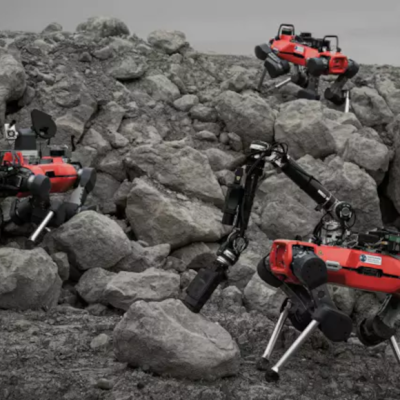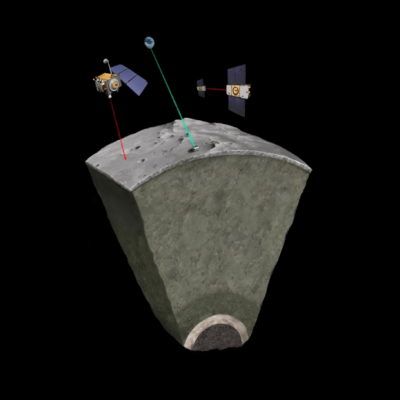The impact of human development on the environment is undeniable, and now researchers have discovered that 208 new minerals owe their existence to humans. Since the industrial revolution in the mid-18th century, mining and metal processing have had a significant direct influence on the diversity of new minerals. According to Robert M. Hazen, Edward S. Grew, Marcus J. Origlieri, and Robert T. Downs in their work “On the Mineralogy of the Anthropocene,” humans are responsible for creating 208 new minerals. Hazen explains that “the development of minerals extends throughout the entire geological history of the Earth.” Out of a total of 5,208 minerals, the 208 new ones are significant.
Numerous studies have shown that no other living being has had such a significant impact on our planet as modern humans. The 208 new minerals are another piece of evidence for the existence of the Anthropocene. The new, human-made minerals were created mainly in three ways: most of them originated in mining, where the right chemical and climatic conditions for the formation of new minerals were created underground due to human intervention. A large number of new minerals are unique in the history of the Earth.
The latest discovery by researchers is three new uranium metals in a uranium mine in the US state of Utah. Other new minerals were created in less spectacular ways, such as numerous human building materials and other compounds that created new minerals during their weathering. The third type of new minerals is human-made alloys and reactions, as is typical with tools or new technologies. According to the researchers, all three types have one thing in common: they indicate that the current epoch can be called the Anthropocene – the age of humans.










